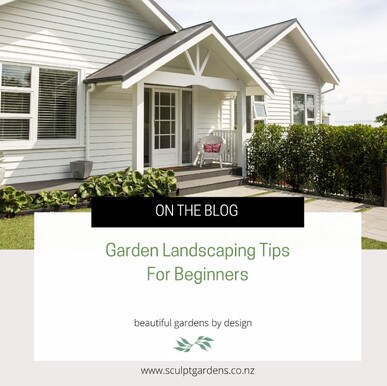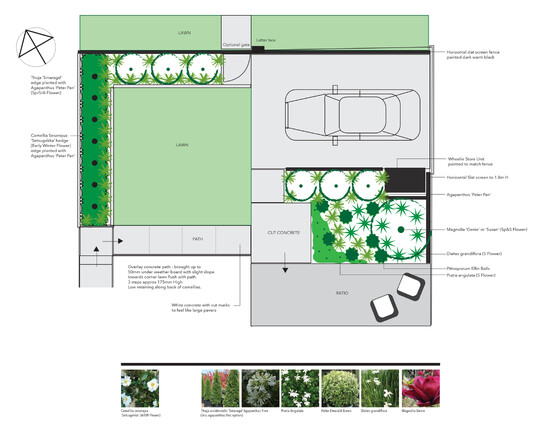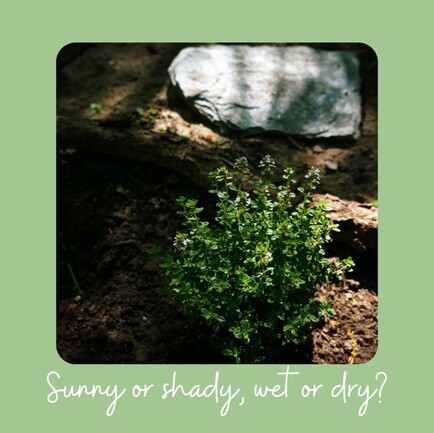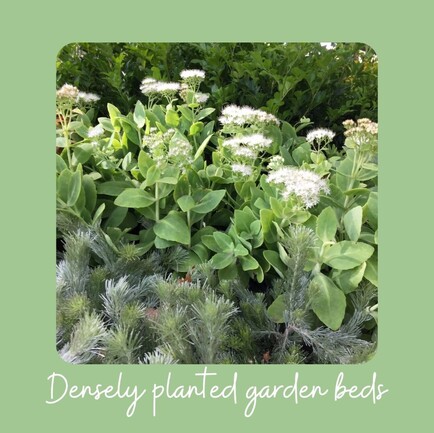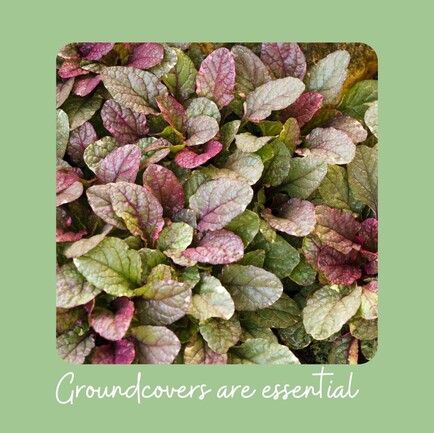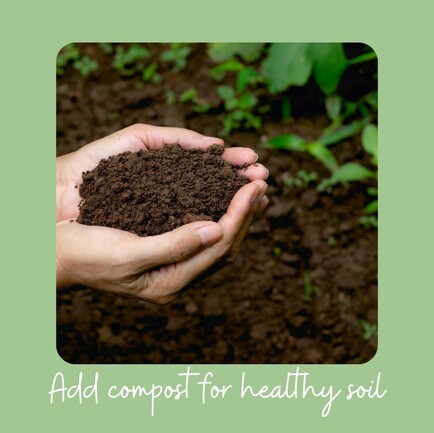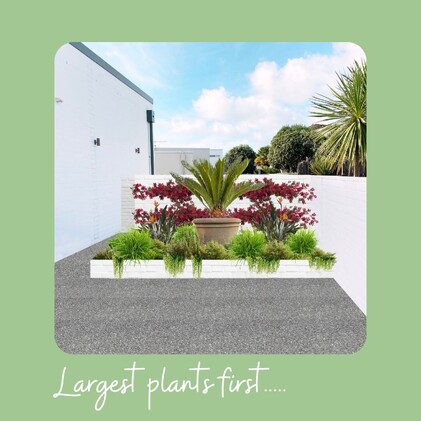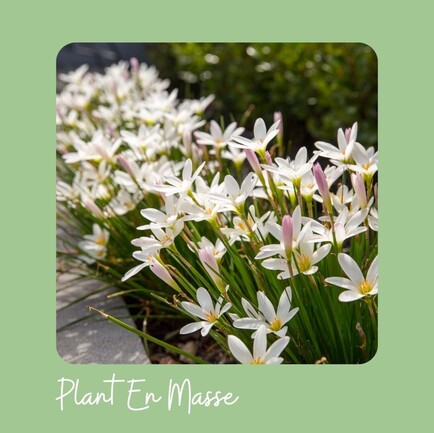Do you desire to have the type of yard that people stop to look at?
A great design begins with the proper landscaping to showcase your property. Garden landscaping can seem daunting at first if you’re new to it, but really there are some simple steps you can follow to have a beautiful yard your neighbours will envy. From plant selection and placement to soil needs and light conditions - learn everything you need to know about garden landscaping.
1 / Keep It Simple
Low maintenance starts with a good plan. Think clean, simple lines, bold curves, and pathways to reduce grass mowing strips. It is not always possible to build new structures in your yard, but there is plenty more you can do to create a beautiful environment. The best-case scenario to start out is to use a minimalist approach to create exactly what you want.
2 / Seeing Structure
The structure of your yard will play a huge role in the maintenance required. The more green space you have, the more work you’ll need to do to maintain it. When you incorporate hardscaping features in your plan, you create an instant ambience, as well as cut down on maintenance. Hardscaping features may include decking, pathways, fencing, as well as seating or dining areas.
3 / Function First!
A good garden design thinks about function first and looks second. Consider what kind of garden your family needs to ensure that everyone has a place to relax and enjoy your green spaces! Take into consideration family requirements, screening, maintenance, pets, and activities. It’s important to have a green area for children to play. However, if you don’t have a dog, you may not need acres of lawn. While lawns look amazing when well-kept the reality of caring for grass requires a lot of ongoing effort and time. We suggest that you make a full list of practical considerations first, then build your design around that.
Maintenance is key here! There’s no point having a beautiful garden that you’ll never have time to upkeep. Keep it simple or go all out – the choice is up to you and what you’d like to get out of your backyard and garden.
4 / Understand the conditions
The first and most important step in creating a garden suited to your lifestyle is understanding your backyard. Plants grow better when they are in their ideal growing conditions, so spend a few days watching how your garden changes throughout the day. Some areas will receive morning sun, and others afternoon, while other spots will be shady or scorching hot the entire day. It is important to know this, as each plant has different needs.
Take notice of patterns as the seasons change too. Downhill areas are swamped during winter floods or see less sunlight due to the sun being higher in the sky. You may have a strong sea breeze that tunnels through one end of the house, while the other side is always still.
TOP TIP: Create a visual weather map and separate regions based on sunlight, dampness and wind shelter.
When plants are placed in the right spot, you won’t need to do much to keep them happy and growing. However, if placed in the wrong conditions, plants are weaker, grow less quickly, and become susceptible to pests and disease. These conditions create more work for you to keep your plants healthy.
5 / Choose Plants Wisely
The plants you select for your garden are so important! You may have an idea about what kind of garden you would like to have, but it is important to keep an open mind as some types of plants may not work in your yard. A tropical garden, for instance, will not be able to survive a short growing season with little sunlight; Shade loving plants will greatly suffer in a hot, sunny spot.
Take a look at the list below and choose what suits you best:
· I need a low maintenance, drought tolerant garden
· I want to make a statement!
· I’d like to create a beautiful sanctuary
· I’d enjoy growing my own fruits and vegetables
· It would be amazing to attract wildlife
· Noise / wind reduction and sun protection are really important to me
· I need to create privacy
Once you have a good idea about your needs and wants, you can begin to research plants for the conditions of your space.
6 / Size Matters
Opt for large garden beds rather than small ones. A densely planted garden bed filled with a tightly knit matrix of plants requires little grooming and pruning to control its size. Know how large each plant is going to grow so you can space the plants accordingly.
7 / Groundcovers - Your New Best Friend
Groundcovers, when planted in the right spot, and the right distance apart, groundcover plants will give you a stunning carpet of texture and colour. The bonus? They act as amazing natural weed barriers. Groundcover plants are an essential ingredient in simple, low maintenance planting schemes. NZ native varieties can be a good choice, as they often naturally suit Auckland weather conditions. Try prostrate shrubs too; with quick growth and generous spreads you don't have to plant as many as you think.
8 / Know Your Patch of Dirt
Another key component of creating a beautiful garden landscape is to ensure that you are using good dirt in your garden beds. Supplement your soil with manure or compost, and for good measure you can put a layer of garden mix once everything is planted.
9 / Plant Placement
When you’re ready to start, plant larger specimens in the back of your garden, starting with the structural trees & feature or showstopper plants, followed by the shrubs & filler plants and finally the groundcovers.
Having the larger plants in place first helps you see the composition of the garden beds in a clearer way. It is also more practical because the larger plants won’t overshadow the smaller ones. Additionally, planting large trees & shrubs requires more space to dig & move earth about and if this is done first you minimise the risk of disturbing smaller plants.
10 / Plant En Masse
Russell Page, one of the great twentieth-century landscape designers said it well: “the most striking and satisfying visual pleasure comes from the repetition or the massing of one simple element. Imagine the Parthenon with each column a different kind of marble!”
Once you have chosen a combination of plants that complement each other in relation to size, colour, form and texture feel confident to purchase significant numbers of them to fill the space. You can choose to alternate colours or textures, or you can plant large groups of the same plant for impact. Make sure to measure your garden bed and find out the spread / size of the plant at maturity, so you can calculate how many you need to completely cover the garden bed.
11 / Enjoy!
Your garden will be so much more enjoyable for all the members of your family when everyone’s needs have been considered. When you take the time to plan out your garden landscape, you will save a great deal of time on maintenance. With each plant placed in the proper light conditions with the right soil, and with room to grow, you will enjoy your outdoor time so much more!
Here we have shared some of our great garden landscaping tips but if you would like to work with Sculpt Gardens and get us to create the garden of your dreams, click HERE to make an appointment with us.
